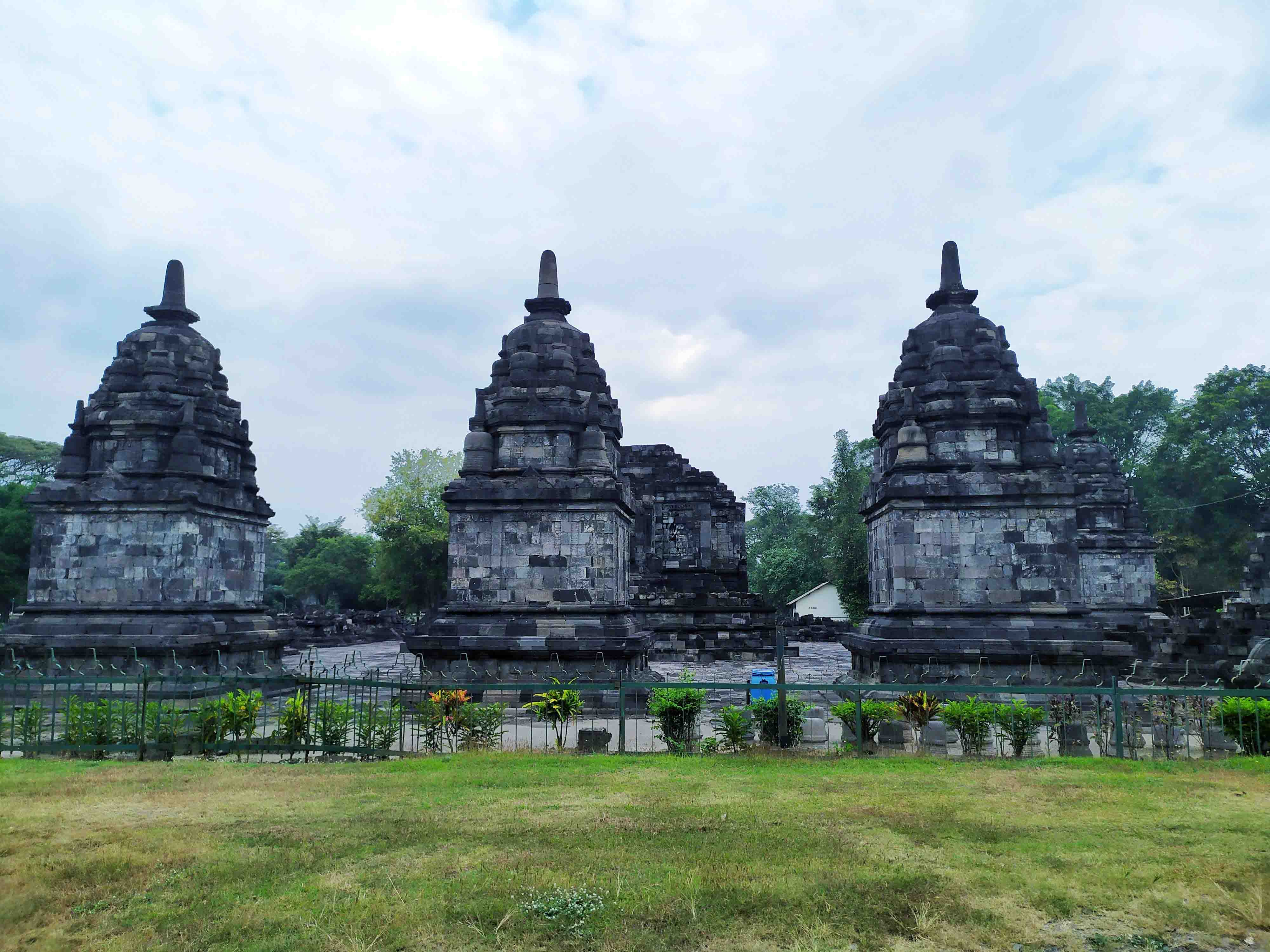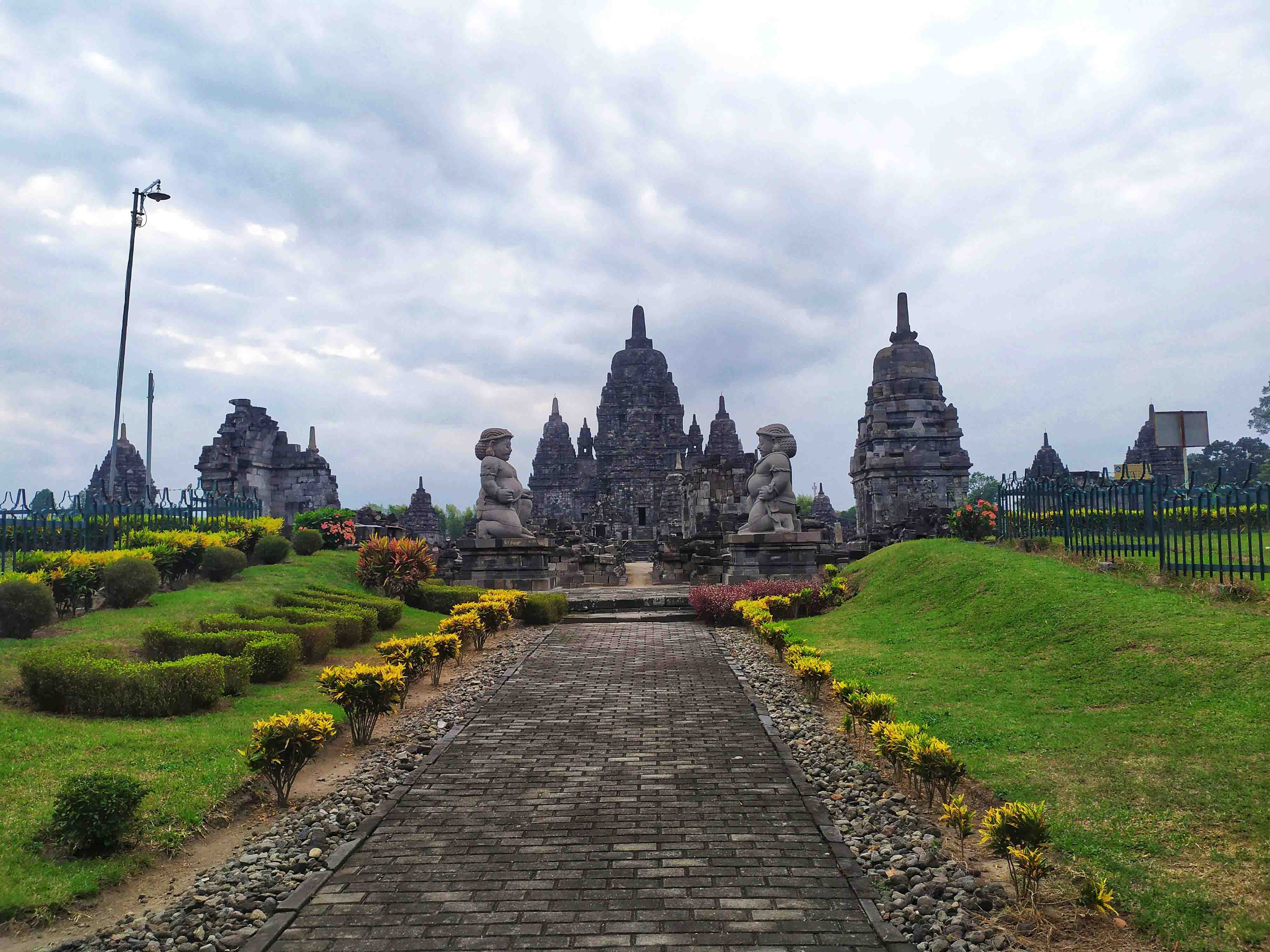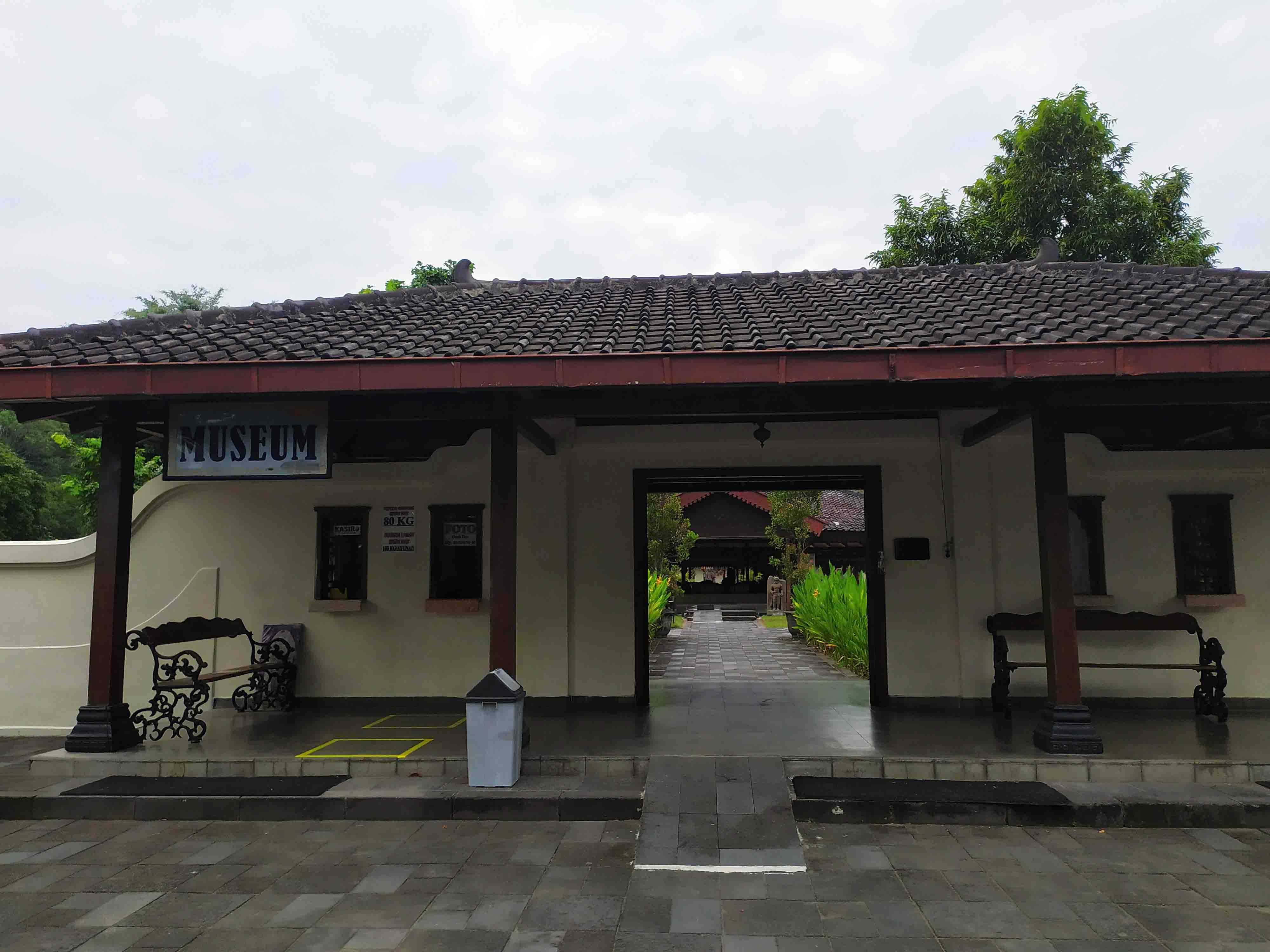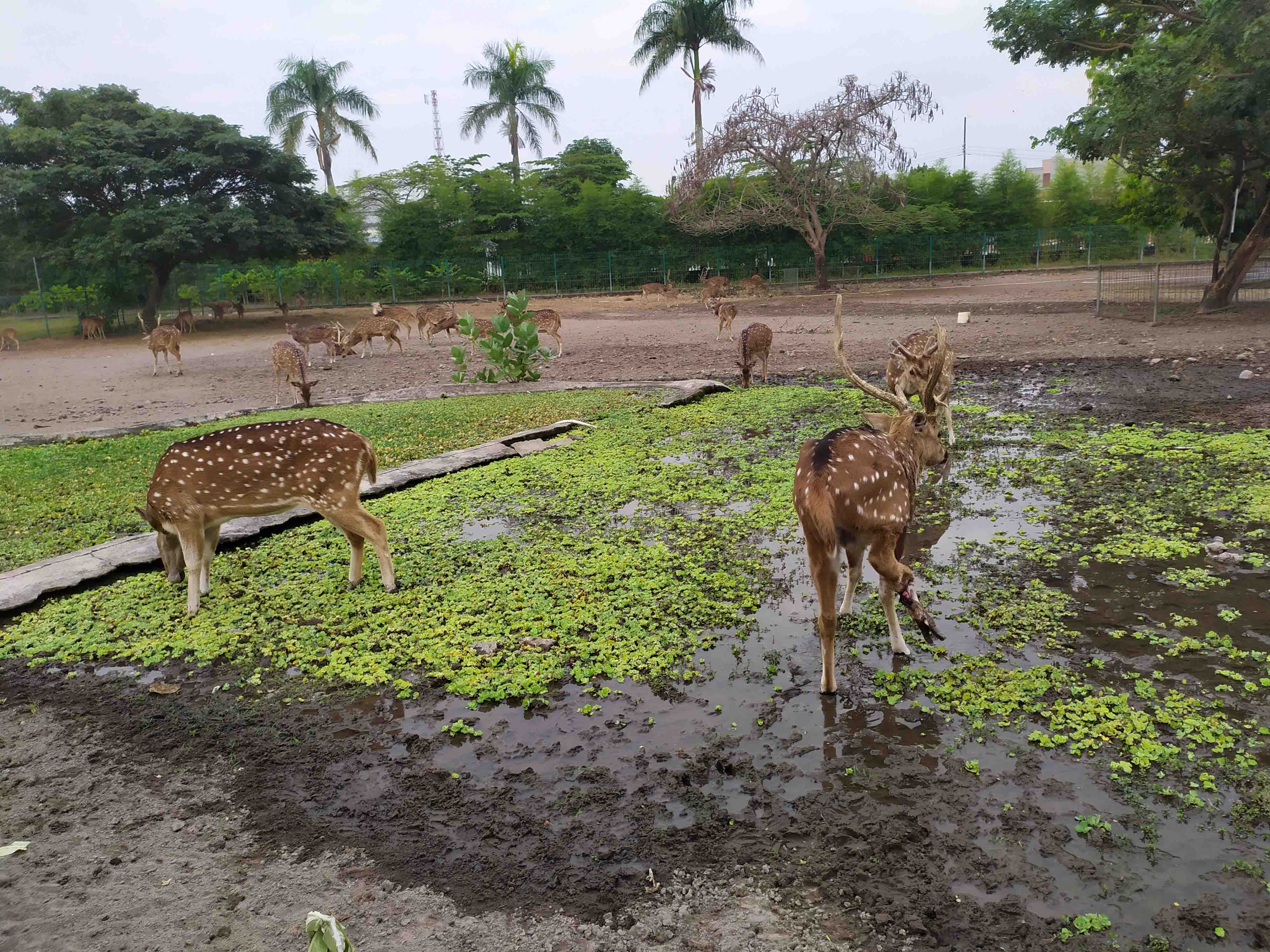6 Admirable Spots Around Prambanan Temple, So Magnificent
Prambanan Temple is the largest Hindu temple complex in Indonesia. Located on the border of Jawa Tengah and DI Yogyakarta, Prambanan Temple is often the main destination for tourists who travel in these two provinces. Moreover, the accessibility to Prambanan Temple is very easy.
Built around the middle of the 9th century by the king of the Sanjaya dynasty, the reliefs and stupas at Prambanan Temple are truly stunning. Prambanan Temple also has a million beauties that can make tourists come back to visit.
When traveling to Prambanan Temple, many tourists focus on the beauty of the main temple. Such as Vishnu Temple, Shiva Temple, Brahma Temple, Garuda Temple, Nandi Temple, and AngsaTemple. Nothing wrong since these temples are located in one complex.
However, if you want to enjoy Prambanan Temple from another angle or side, you can visit the other six spots. These six spots are still in the Prambanan Temple area. So once you enter Prambanan Temple, you will pass seven spots.
Here are six spots inside Prambanan Temple that must be visited:
1. Lumbung Temple
Lumbung Temple is the first temple that you can visit after leaving the main temple area. The distance is quite close, about 700 meters or about 10 minutes on foot.
Lumbung Temple is a Buddhist temple complex that is thought to have been built in the 9th century. The Lumbung Temple Complex has 17 temple buildings consisting of one main temple building and 16 ancillary temple buildings. All ancillary temples face towards the main temple.
It is not known for certain the origin of the naming of Lumbung Temple. However, some literates say, Lumbung is the name of the local community. This is because the shape of this temple is similar to a barn or a rice storage building.
2. Bubrah Temple
Not far from Lumbung Temple, there is Bubrah Temple which is about 200 meters away. There is no definite year when Bubrah Temple was built. However, it is believed that they are still in the same era as the Lumbung Temple because these two temples are both Buddhist in style.
When it was first discovered, the condition of the temple was very damaged. Only two meters high remains. That is the reason why this temple is called Bubrah Temple by the people.
3. Sewu Temple
After visiting Bubrah Temple, walk to Sewu Temple. The distance is about 500 meters from Bubrah Temple or about 7 minutes walk.
Many people think there are a thousand temples here. Because in Indonesian, sewu means a thousand. The folklore of Roro Jonggrang who asked Bandung Bondowoso to build 1,000 temples in just one night, also contributed to the naming of the temple.
The number in this complex is less than 1,000, even less than 300. The total number of temples in the Sewu Temple complex is 249, consisting of one main temple building, eight apit temples, and 240 perwara temples.
Just like Lumbung Temple and Bubrah Temple, Sewu Temple also has a Buddhist pattern and was inaugurated in 714 Saka (792 AD). The existence of Sewu Temple near Prambanan Temple which has a Hindu pattern is evidence of religious tolerance at tha




